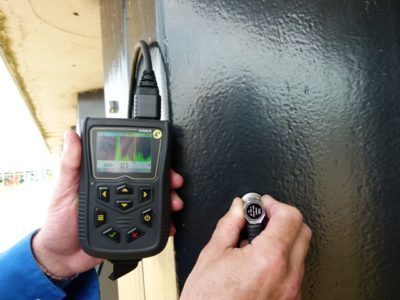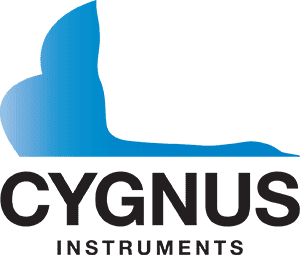Ultrasonic Piezoelectric Transducer
Are you in search of a cutting edge ultrasonic piezoelectric transducer that can accurately measure the thickness of a surface? If you are, then you need to call the team at Cygnus Instruments today on +1 410 267 9771 and let us know your requirements. We have a broad range of devices which will be able to fill any role throughout many industries, and at a very competitive price. Get in touch and let us know what you need and we will be able to help.
Professional Designers, Engineers, And Manufacturers Of Ultrasonic Piezoelectric Equipment
When it comes to using any kind of ultrasonic piezoelectric transducer in your job role, it always pays to make sure you’re purchasing from the best company in the market. For this reason, it’s not surprising that so many people are choosing our instruments over any others. Some of the items in our range include:

We are one of the most recognized and respected producers of equipment that uses an ultrasonic piezoelectric transducer. Our team is made up of experienced professionals and our various skills come together to create the most impressive and reliable devices on the market.
What Does “Piezoelectric” Mean?
The piezoelectric effect is a phenomenon discovered back in 1880 by French brothers, Jacques and Pierre Curie. They noticed when applying mechanical pressure to quartz that it produced an electrical charge as a response, which was later researched for uses in ultrasonic piezoelectric equipment.
This discovery was also found in a number of other crystalline materials and has since had several man-made substances added to the list. These include PZT (also known as lead zirconate titanate), barium titanate, and lithium niobate. These materials can be used as a sonic or ultrasonic piezoelectric transducer and can be found in many modern day pieces of technology.
The synthetic (man-made) materials have a more distinct and pronounced effect, which makes them more effective in certain circumstances. Thanks to this effect, their ability to turn mechanical pressure into electrical currents, and vice versa, means they are perfect for speakers and microphones. Additionally, their crystalline structure means they can be manufactured in very small sizes, so they can be used in mobile phones, headphones, and much more.
How Does This Apply To An Ultrasonic Thickness Gauge?
Our devices use a probe that’s attached to the main body of the instrument via a cable, which conducts the electrical current to and from the crystal in the probe. These electrical signals are converted into mechanical energy in the form of vibrations, which produces the ultrasonic burst.
When the ultrasonic burst is emitted from the ultrasonic piezoelectric transducer, it travels through the material, reverberates off the back wall and travels back. The mechanical pressure from the soundwave hitting the probe causes the crystal to produce an electrical current, which our device detects. This is how the timings are measured and then our intelligent devices calculate the thickness.
Why Choose Our Ultrasonic Piezoelectric Equipment?
For the last 30 years, Cygnus Instruments has been paving the way for innovative uses of the ultrasonic piezoelectric transducer and related technology. We are responsible for pioneering the Multiple Echo measurement method, which is now the most commonly used method for ultrasonic thickness measurement. It was quickly adopted as the industry standard for its unparalleled capabilities, including measuring through up to 20mm of coating using our “Deep Coat” setting of the ultrasonic thickness gauge.
Contact Us For The Ideal Ultrasonic Thickness Gauge
If you would like more information about a specific ultrasonic piezoelectric transducer, a particular device in our range, or have an enquiry, then get in touch. You are welcome to contact us on +1 410 267 9771 or by filling in the online form on our website.


